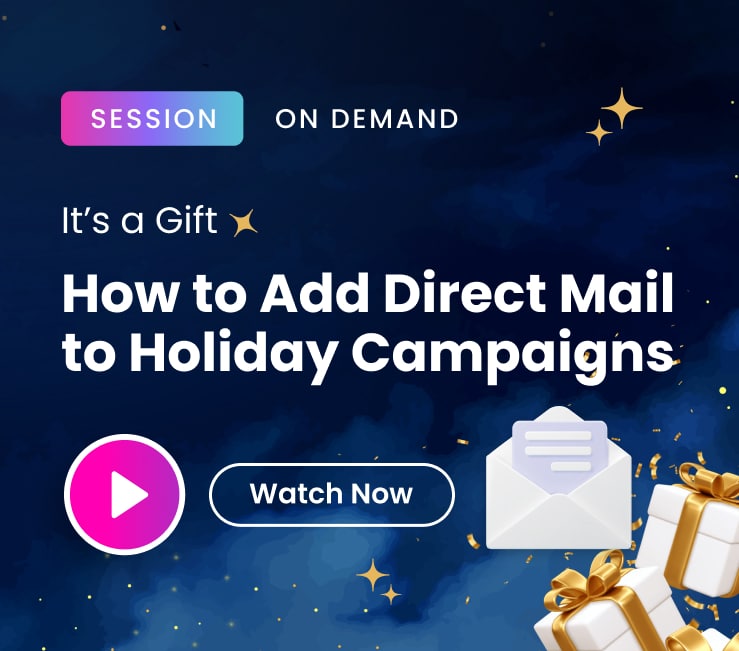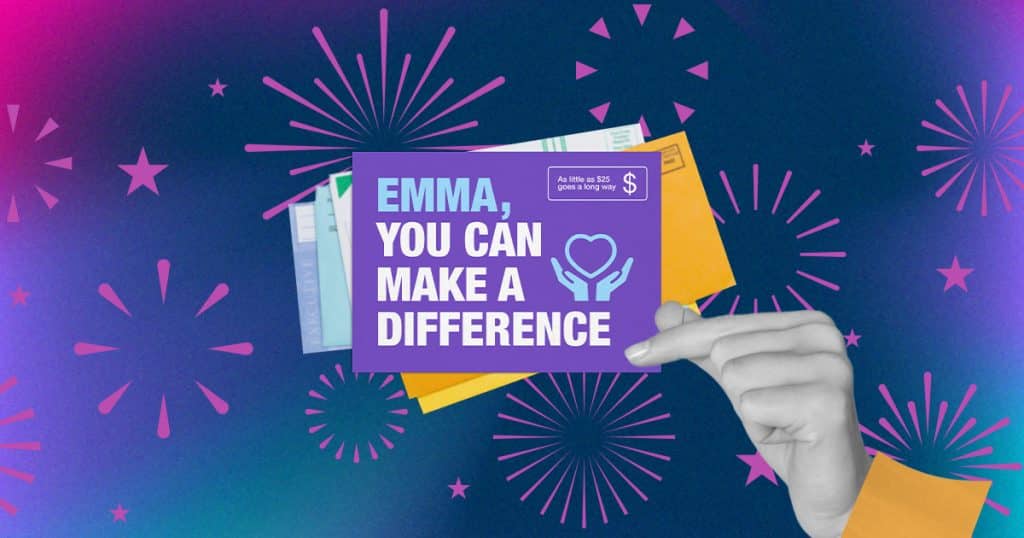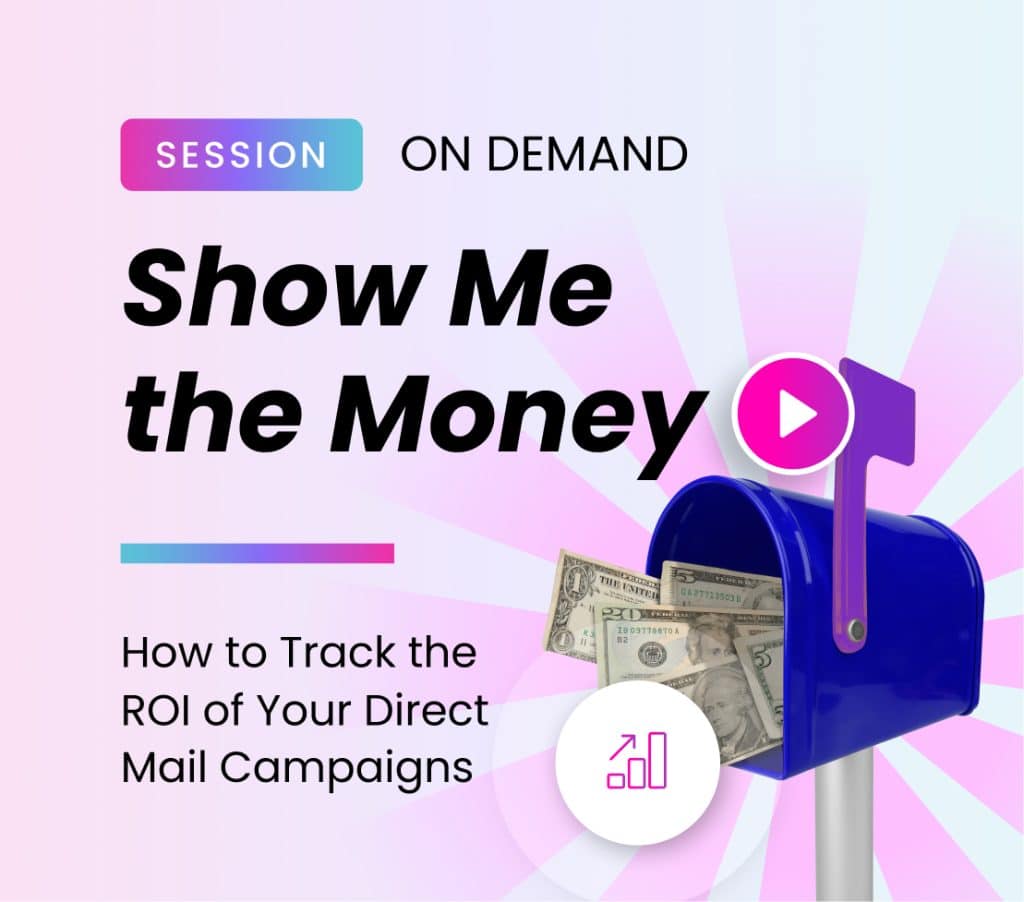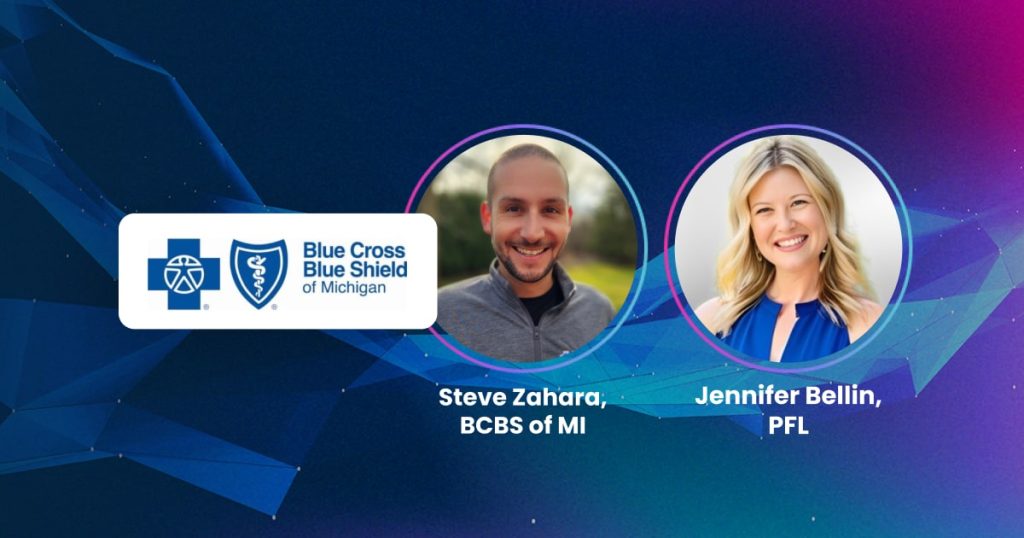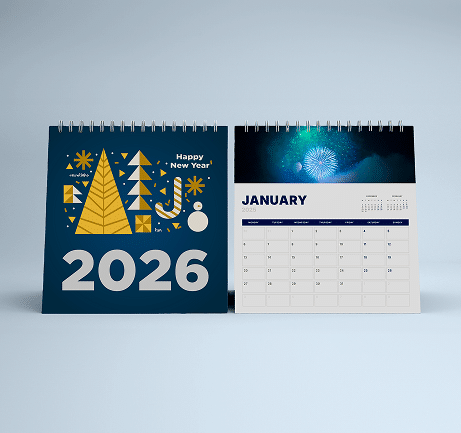
By The Printing for Less Team
The start of the holiday marketing season isn’t Thanksgiving—it’s right about now. If you want to make a real impact, it’s time for you and your team to plan and act as early as possible. The months between Halloween and the New Year present a golden window to spark customer engagement and boost sales. But the time for action starts today.
Holiday direct mail, when done right, brings the surprise and delight of a physical connection in a crowded and fatigued digital world. To grab attention (and market share), you’ll need creativity, data, and the right timing.
These tips will help marketing managers, retail teams, and small businesses craft unforgettable direct mail campaigns that make the holidays—and your results—shine.
Popular Types of Holiday Direct Mail
During the festive season, people are more receptive to physical mail. It’s the perfect moment to send greetings, promotions, and special offers. Done well, direct mail drives online and in-store visits, deepens brand loyalty, and delivers impressive ROI.

Holiday Catalogs
Showcase your bestsellers and new arrivals with a well-designed catalog. Holiday catalogs become part of the home landscape, staying visible throughout the season and keeping your brand top-of-mind.
Personalized Greeting Cards
Create authentic connections with customized holiday cards. A handwritten note or signature signals genuine appreciation, inspiring loyalty and positive sentiment.
Gift Guides
Help customers shop with curated gift guides. Segment by audience, price point, or interest, and include a mix of popular and unique products for maximum appeal.

Postcards
Simple, versatile, and cost-effective. Use postcards to announce flash sales, share promo codes, or spread holiday cheer—they’re quick to create and deliver.
Special Offers, Coupons, Letters
Send exclusive coupons and time-limited bundles inside festive letters. Personalization and urgency can lead to immediate action.
Make Your Holiday Mailers Stand Out
The holidays invite boldness and innovation. Here are ways to make your direct mail impossible to ignore:
Interactive Elements
Pop-up designs, pull-tabs, or scratch-offs add playful engagement and boost brand recall.
Deep Personalization
Use your data to go further than a name—tailor offers and messaging based on preferences or past purchases to make customers feel truly seen.

Festive Design
Use high-impact visuals, seasonal colors, and premium printing to capture holiday spirit and elevate brand perception.
Clear Call-to-Action (CTA)
Every mail piece needs a CTA: Visit your store, redeem a code, sign up. Make the next step irresistible.
Sustainable Choices
Eco-friendly materials show your environmental commitment. Highlight this in your messaging—many consumers choose brands that care about the planet.
Integrating Digital: Amplify Your Reach
Modern campaigns combine the tangible impact of direct mail with the reach of digital channels. Integrate QR codes or personalized URLs in holiday mailers to drive recipients online. Support your offers with email, social, and digital ads for a unified omnichannel experience.
Best Practices for Holiday Direct Mail Success
Start Early
Begin campaign planning now to allow time for design, printing, and shipping—avoid the holiday rush.
Test and Refine
Run A/B tests on layouts, messages, and offers for continuous improvement.
Track Your Results
Use unique codes, QR links, and analytics to measure success and guide future mailers.
Follow Up
Stay engaged after the season—send a thank you, new offer, or survey in January to keep relationships going.
Implement even a few of these strategies, and your holiday direct mail campaign will not only capture the joy of the season—it’ll drive lasting sales and connections. Let direct mail be your secret weapon for a standout 2025 holiday!

